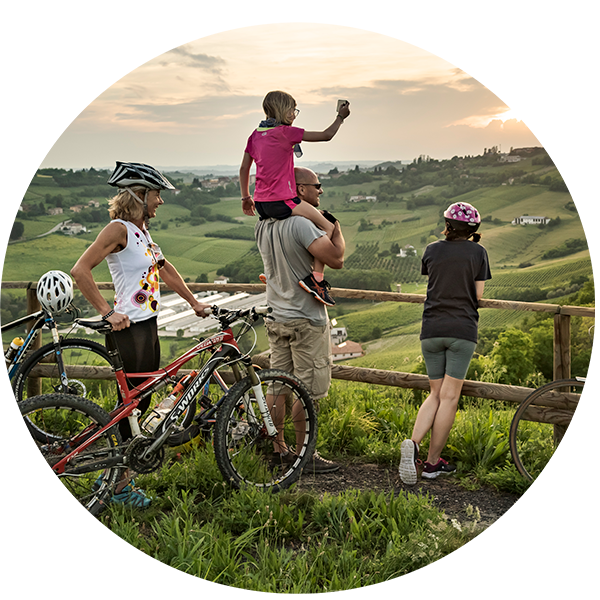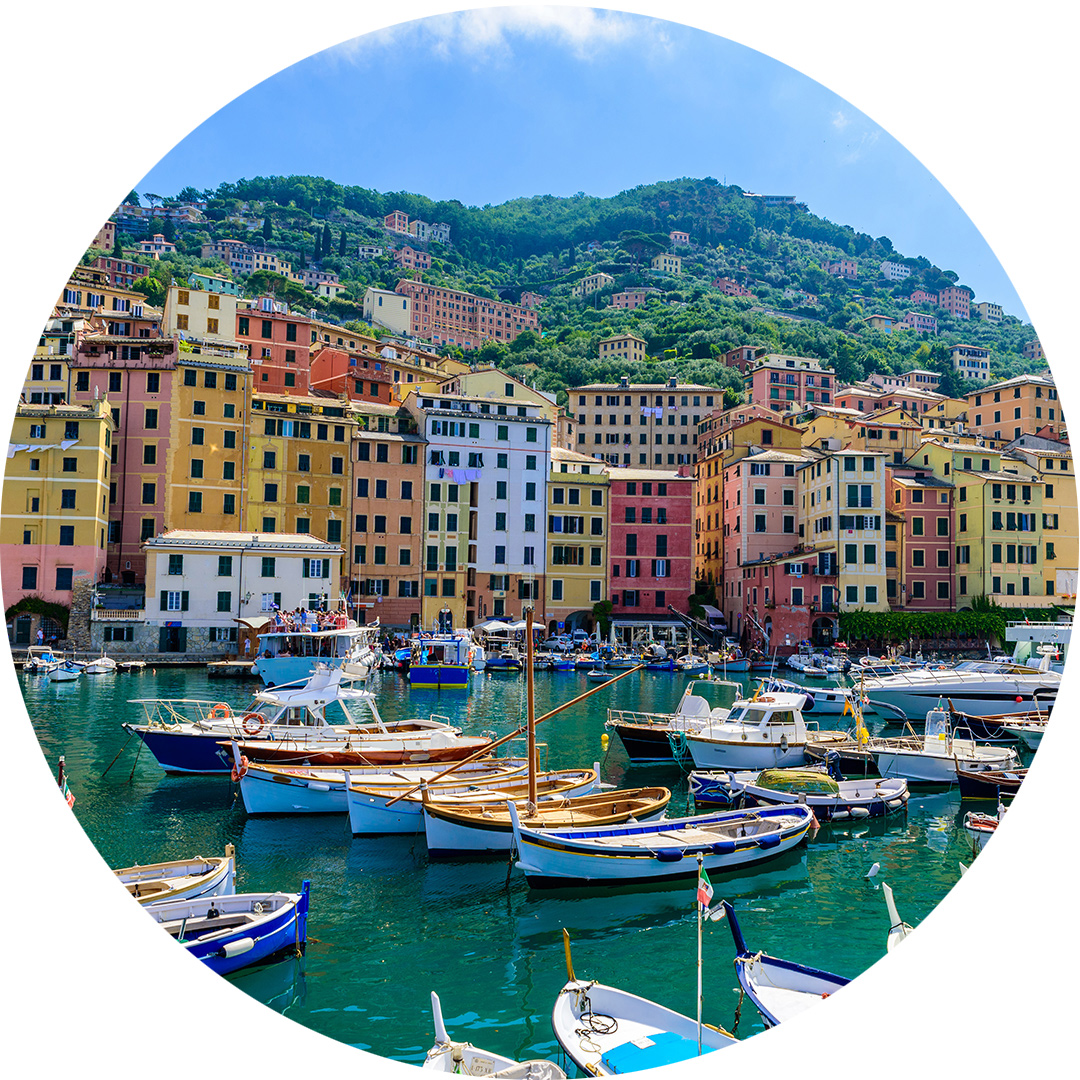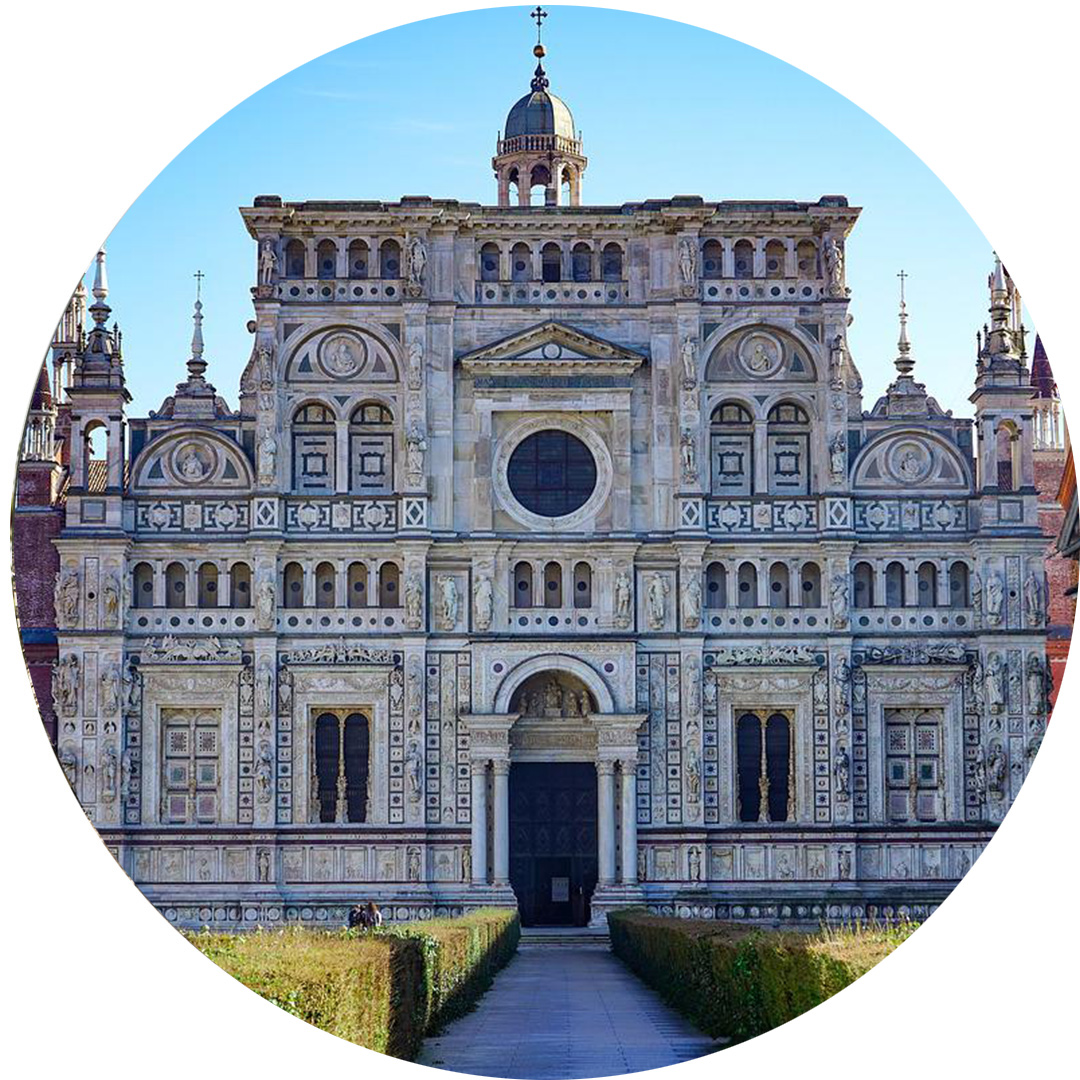Piedmont’s borders: Monferrato, Oltregiogo, and the Lands of Gavi
Places narrated by Touring Club Italiano
A land of wine and truffles, fortresses and cycling legends, Monferrato is a fascinating corner of Piedmont that borders the Langhe and Roero regions. It comprises the lands of Gavi and Oltregiogo, which resemble Liguria. Genoa and its rivieras are just a stone’s throw away. The low hills of Monferrato slide eastwards towards the languid rice fields of Lombardy, and in a flash, you are enchanted by Milan. To the west, the magnet is Turin.

Le colline delle Terre del Gavi
Monferrato is a name of uncertain etymology. But as often happens, the most suggestive version of the facts is the fictional one: in this case, the one linked to the romantic figure of Aleramo, a humble squire who became marquis in just three days.At the time, in 967, emperor Otto the Great promised him a marquisate: “go, gallop and mark the boundaries of your marquisate, you have three days and three nights”. And he did it. Aleramo is said to have named his land Monferrato after the brick (mòn) he used to shoe his horse, that lost an iron (fèr) during the wild ride. Conflicts and change of owners followed, until a distinction, marked geographically by the Tanaro, was made between Basso and Alto Monferrato, respectively north and south of the river.
It’s an extraordinary and authentic environment that has remained off the major tourist routes, but that UNESCO has recognised as a World Heritage Site, including it, together with the Langhe and Roero, in the list of cultural landscapes.
Hills, valleys, and watercourses run between the provinces of Asti and Alessandria and stretch as far as the Ligurian border. We are in Monferrato, a land of ancestral toil and misery, narrated many times by Cesare Pavese (also in The Moon and the Bonfire, for example). Here, the harmonious relationship between man and nature is still tangible and can be perceived in the care of the vineyards that dot every suitable slope of the hills and in the presence of the infernot, cellars dug into the bowels of the earth, in sandstone and marly limestone, where the noble local wines rest. The wine-growing vocation is well established.
It was even once said that Monferrato peasants baptised new-born babies with wine. Notably, in Monferrato wine is a serious thing: here Barbera, Brachetto, Dolcetto, Gavi, and Grignolino are produced. Whether they be red or white, they are always DOC and DOCG wines. But from time to time the geometries of rows of vines are interrupted by medieval villages, parishes and Romanesque churches, and castles, reminding us that wine is not the only reason that make this territory so charming. Then there are the towns, with a valuable artistic and historical heritage: Asti celebrates the Middle Ages, the Baroque, the two Alfieri (Benedetto and Vittorio), and the oldest Palio in Italy; Casale Monferrato has the Po River, a castle, a sumptuous synagogue, and krumiri (biscuits, of course); Alessandria preserves a pictorial cycle inspired by the literary vicissitudes of Lancelot and is the home of Borsalino hats; there is Acqui with its thermal springs, Tortona with its paintings by Giuseppe Pellizza da Volpedo. Is that enough? Not at all. To tell the truth, gastronomy also takes centre stage: the scent of truffles inebriates people just about everywhere, and with Robiola di Roccaverano, agnolotti, boiled meat, bagna cauda, and hazelnuts you can get your fill of flavours.

La raccolta dell’uva
Zooming in on Serravalle Scrivia and the small portion of Piedmont that surrounds it and borders Lombardy and Liguria, we explore Oltregiogo. It is a historical region whose ancient origins are revived in the archaeological area of Libarna, a Roman city built in 148 BC on the ancient Via Postumia. Castles and defensive towers recount the disputes between the Marquisate of Monferrato and the Duchy of Milan and the Republic of Genoa. It was the latter that had the upper hand and for centuries dominated the territory, where Ligurian influences can still be felt, quite strongly, in the dialectal accent, cuisine and place names, reinforced by the appellation ‘Ligure’.
But we are also in the Cortese lands of Gavi, a DOCG wine made exclusively from the grape of the same name. Here too, although the geo pin is located in Piedmont, flavours and culture are influenced by the salty air of Liguria. As in the village of Gavi – dominated by its Fortress, it is an Orange Flag of the Italian Touring Club – where the architecture and colours of the houses are in pure Ligurian style, so much so that you expect the sea around the corner. After all, Liguria, with the ancient and futuristic architecture of Genoa, and its Levante and Ponente beaches, is indeed a stone’s throw.
Then there is Tortona, which narrates Divisionism through a collection that includes artists like Giuseppe Pellizza da Volpedo, Giacomo Balla, and Umberto Boccioni. There is Castellania – a sort of Holy Land for those who worship cycling as a religion – where everything speaks of Fausto Coppi: blow-ups, murals, and his house-museum. After all, Fausto was born here, and it was on these hills that he cycled for races. In Novi Ligure, on the other hand, there is the Campionissimi Museum, which pays tribute to the history of cycling and bicycle, honouring Girardengo and Coppi.

I Trompe l'oeil di Novi Ligure
Chris Bangle has also moved to the hills of this area, installing some of his Big Benches, colourful and decidedly outsized benches on which to feel like Lilliputians. Moving further south, the Capanne di Marcarolo Park welcomes you: a green oasis ideal for hiking on paths and mule tracks, which ends exactly along the border between Piedmont and Liguria.
Moving eastwards, you end up in Lombardy, where you can visit the rice fields of the Lomellina region and provincial towns that are small art factories (like cultured Pavia or ducal Vigevano), and, beyond, the inexhaustible charm of old and new Milan awaits you. To the west is the appealing Savoy’s Turin, with its historic cafés, austere and stately architecture, and the slow flow of the Po River.
In the middle of it all is Serravalle Designer Outlet.
in partnership with ![]()
Itinerary
Experiences
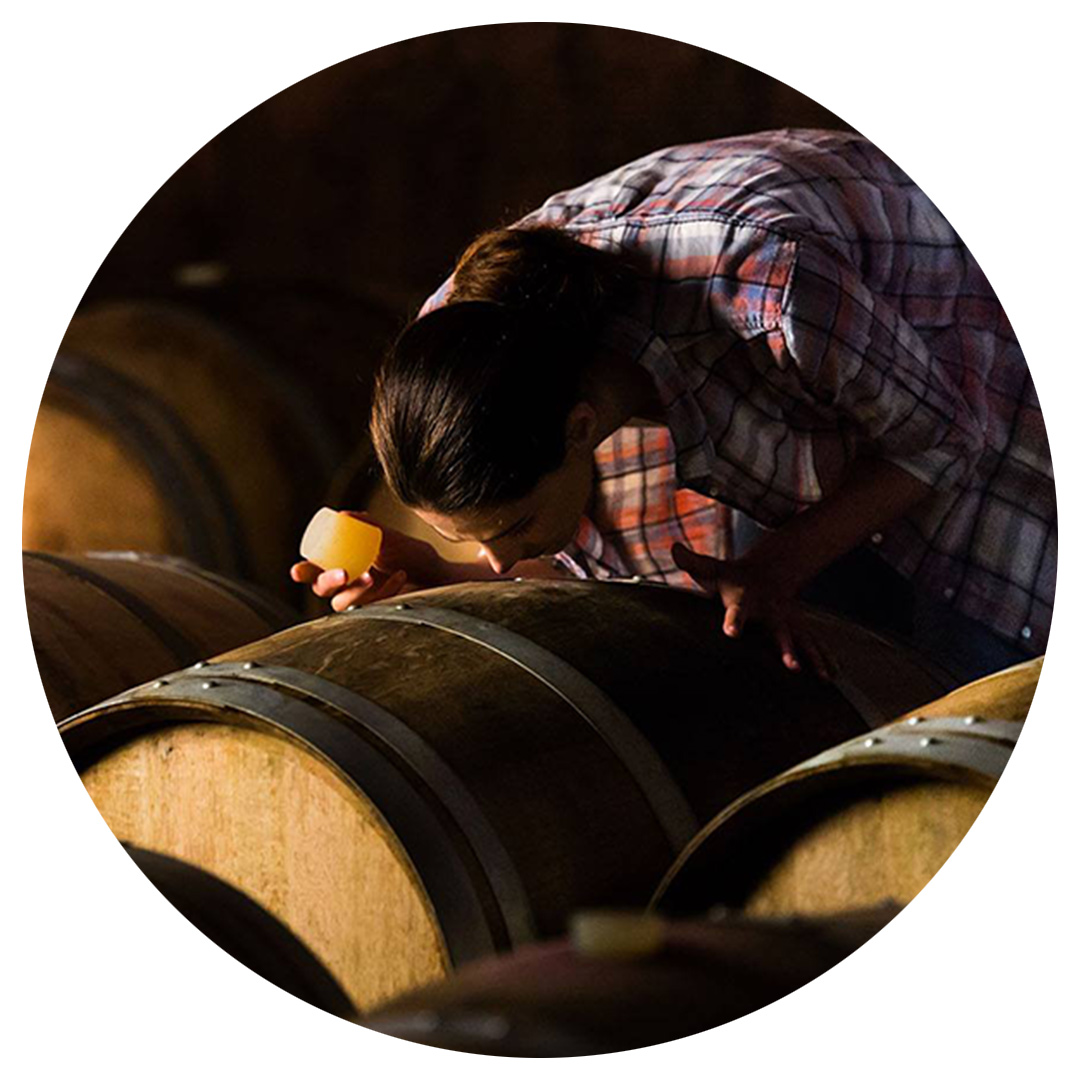
Gavi Wine Tour
Tastings in the cellar: an unmissable opportunity to discover the Gavi hills.
Discover more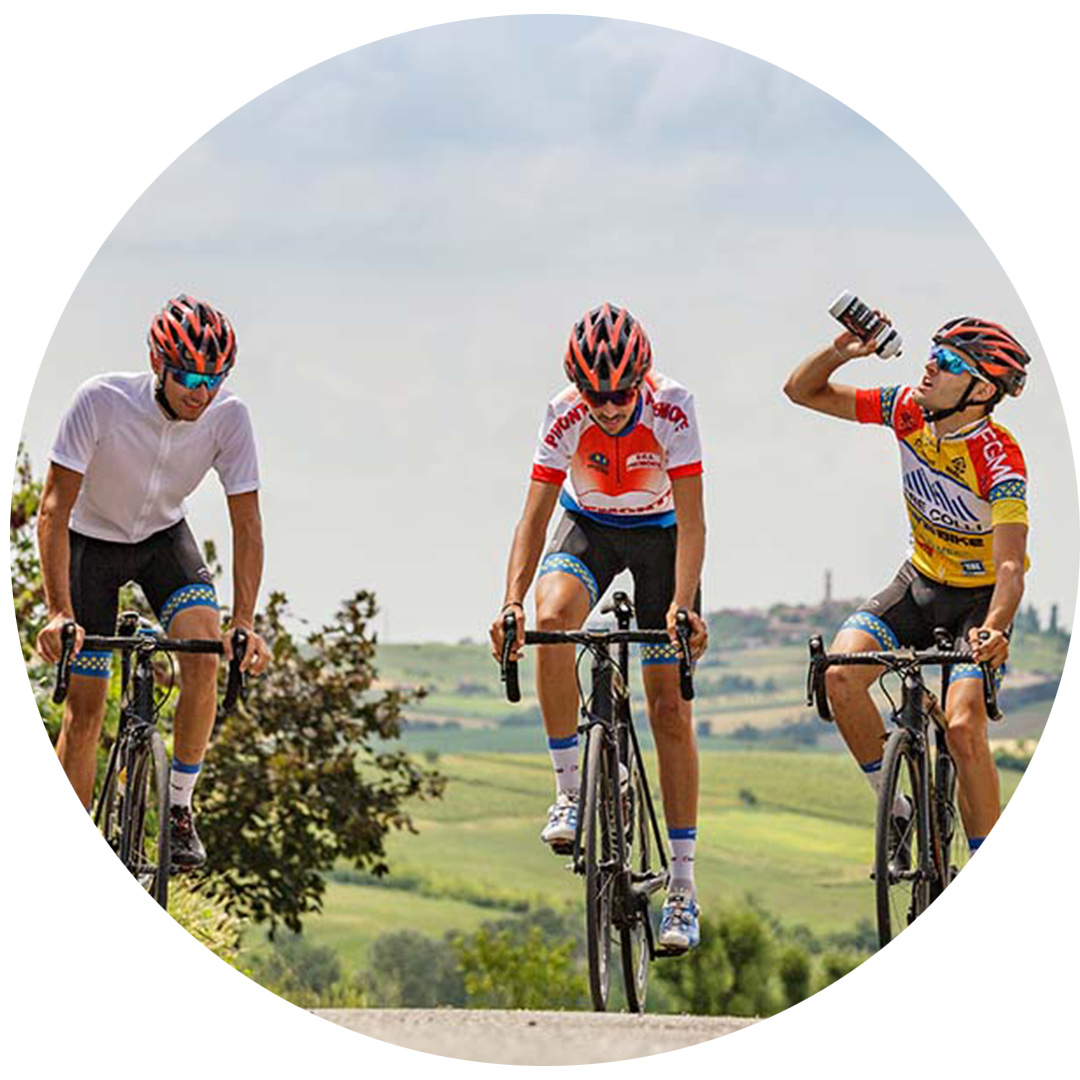
Cycling in Borbera Valley
The wild beauty of Borbera Valley to be discovered on two wheels.
Discover more
Gavi Wine Tour
Tastings in the cellar: an unmissable opportunity to discover the Gavi hills.
Discover more
Cycling in Borbera Valley
The wild beauty of Borbera Valley to be discovered on two wheels.
Discover moreSERRAVALLE DESIGNER OUTLET
We are waiting for you!





